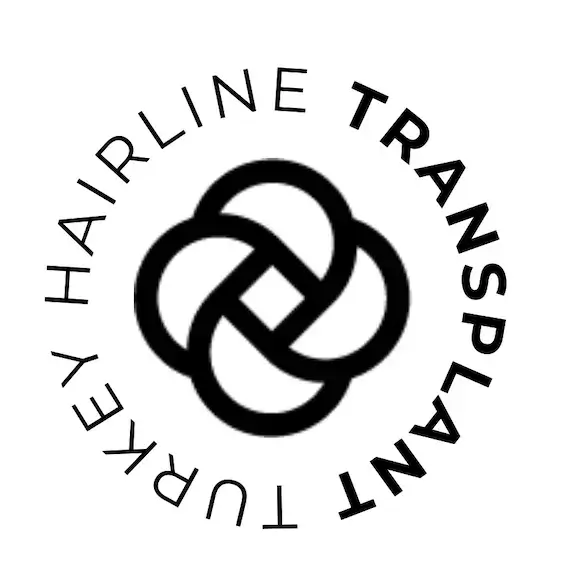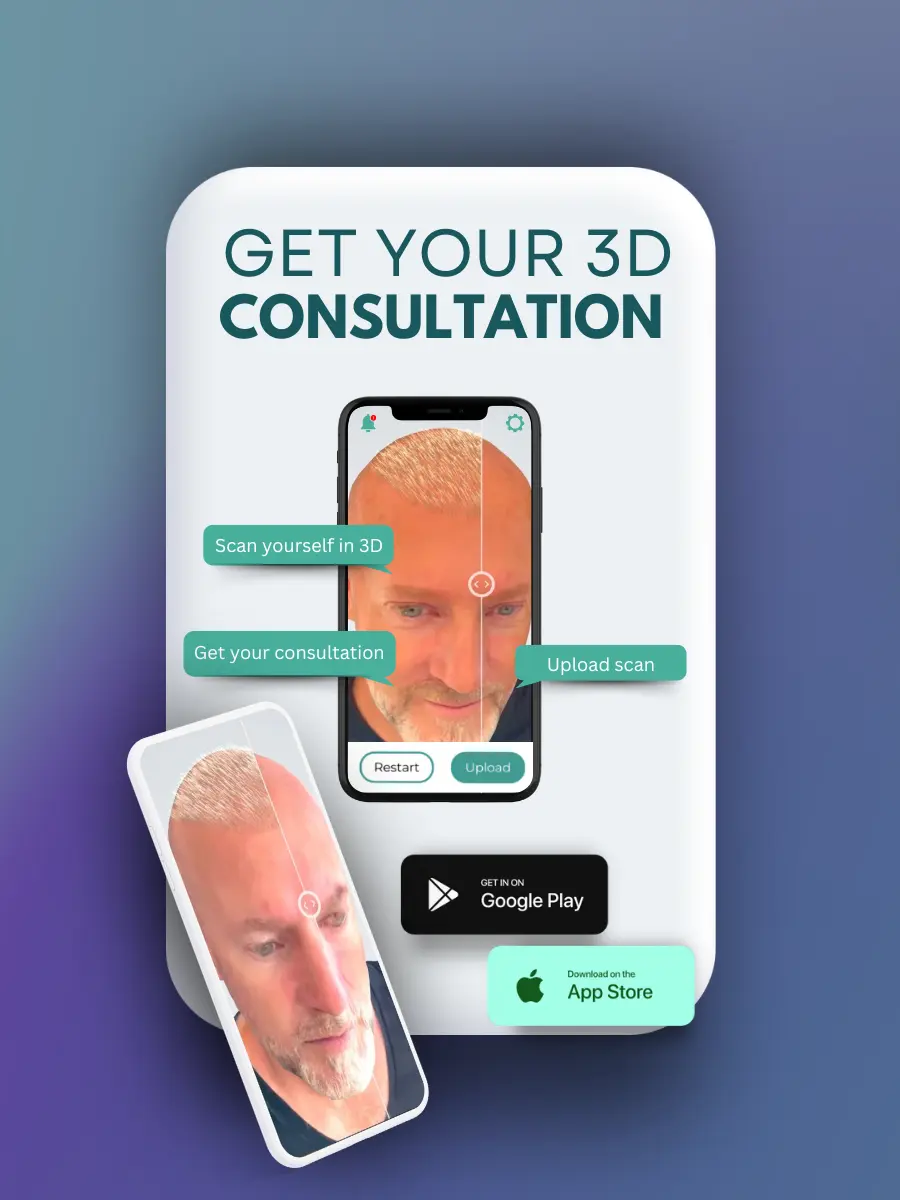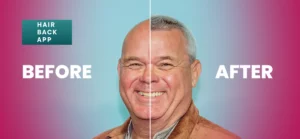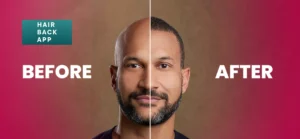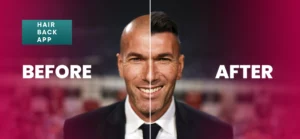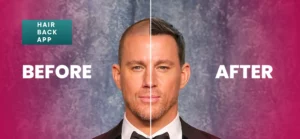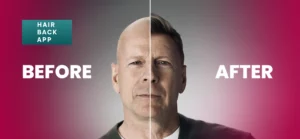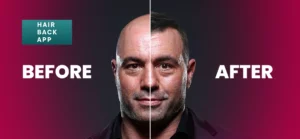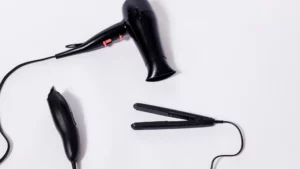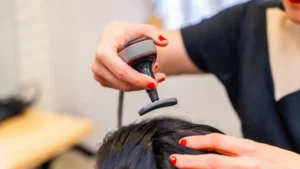Are you tired of seeing your hairline recede or noticing thinning patches on your scalp? Hair loss can be a distressing experience, affecting your confidence and self-esteem.
Microneedling for hair loss is an effective way to reduce the appearance of scars, dark spots, and wrinkles on your skin. It’s a minimally invasive treatment that triggers a wound-healing response that can help your skin look younger.
My name is Emma Wright, hair restoration and dermatology specialist. Today, I’ll be discussing microneedling for hair loss and how it works.
While there are various treatments available, microneedling has emerged as a promising solution for combating hair loss. Some evidence suggests microneedling, also called dermarolling, can also stimulate hair growth.
Could it be a solution for thinning hair? In this comprehensive guide, we’ll delve into what microneedling is, how it can be used for hair loss treatment and the results you can expect.
What is Microneedling for Hair Loss?
Microneedling for hair loss is a minimally invasive cosmetic procedure that involves the use of a device equipped with fine needles to create micro-injuries on the scalp.
This technique, also known as collagen induction therapy, is primarily aimed at stimulating the body’s natural healing response to promote hair growth and improve the overall health of the scalp.
During a microneedling session for hair loss, the device is gently rolled or stamped over the scalp, creating thousands of tiny punctures on the skin’s surface.
These micro-injuries trigger the release of growth factors and cytokines, which stimulate the production of collagen and elastin. Additionally, the microchannels created by the needles allow for better absorption of topical hair growth serums or medications, enhancing their effectiveness.
The benefits of micro-needling for hair loss include:
- Stimulation of Hair Follicles: The micro-injuries induced by microneedling activate dormant hair follicles, encouraging them to enter the growth phase and produce new hair strands.
- Increased Blood Circulation: Microneedling improves blood flow to the scalp, delivering essential nutrients and oxygen to the hair follicles, which promotes healthier hair growth.
- Enhanced Absorption of Topical Treatments: The micro-channels created by the needles allow for better penetration of topical treatments, such as minoxidil or growth factor serums, into the deeper layers of the scalp, maximizing their effectiveness.
- Improved Scalp Health: Microneedling can help improve the overall health of the scalp by promoting cell turnover, reducing inflammation, and increasing the production of collagen, leading to a healthier environment for hair growth.
Microneedling for Hair Loss at Home
Microneedling for hair loss at home has gained popularity as a convenient and cost-effective alternative to professional treatments. This approach involves using handheld microneedling devices designed for personal use to stimulate hair growth and improve scalp health.
While the concept of performing microneedling at home may seem appealing, it’s essential to understand the benefits, risks, and best practices associated with this method.
Benefits of Microneedling for Hair Loss at Home
- Convenience: At-home microneedling allows individuals to perform treatments at their convenience, without the need for frequent visits to a clinic or spa.
- Cost-Effective: Home microneedling devices are often more affordable than professional treatments, offering a budget-friendly option for those seeking hair loss solutions.
- Privacy: Some individuals prefer the privacy of performing treatments in the comfort of their own homes, away from the scrutiny of others.
Risks and Considerations
- Risk of Infection: Improper technique or inadequate sterilization of microneedling devices can increase the risk of infection. It’s crucial to follow strict hygiene practices and ensure that the device is thoroughly cleaned before and after each use.
- Skin Irritation: Microneedling may cause temporary redness, swelling, or irritation, especially in individuals with sensitive skin. Performing a patch test and starting with shorter needle lengths can help minimize adverse reactions.
- Potential for Damage: Using microneedling devices incorrectly or applying too much pressure can damage the skin and exacerbate hair loss. It’s essential to follow the manufacturer’s instructions carefully and avoid overzealous treatment.

Best Practices for At-Home Microneedling
- Consultation: Before starting at-home microneedling for hair loss, consult with a dermatologist or trichologist to ensure it’s suitable for your specific condition and to receive personalized recommendations.
- Device Selection: Choose a high-quality microneedling device specifically designed for hair loss treatment. Look for features such as adjustable needle length and sterile needle cartridges.
- Hygiene: Maintain strict hygiene practices by thoroughly cleaning the microneedling device with alcohol or a disinfectant solution before and after each use. Avoid sharing devices with others to prevent cross-contamination.
- Consistency: Consistent and regular use of the microneedling device is essential for optimal results. Follow the recommended treatment schedule and be patient, as visible improvements may take several weeks to months to appear.
- Combination Therapy: Consider combining at-home microneedling with other hair loss treatments, such as topical minoxidil or hair growth serums, to enhance results.
Microneedling for Hair Loss Results
The results of microneedling for hair loss can vary from person to person, depending on factors such as the underlying cause of hair loss, individual response to treatment, and adherence to recommended protocols.
Some individuals may experience noticeable improvements in hair density, thickness, and overall scalp health after a series of microneedling sessions. It’s essential to set realistic expectations and understand that microneedling is not a one-time solution.
Multiple sessions spaced over several weeks or months may be necessary to achieve optimal results. Additionally, combining microneedling with other hair loss treatments, such as topical minoxidil or oral medications, may enhance outcomes for some individuals.
Here are some expected microneedling for hair loss results:
Improved Hair Density and Thickness
Microneedling stimulates the production of growth factors and collagen, which can enhance blood circulation to the scalp and promote the proliferation of hair follicle cells. Over time, this can lead to an increase in hair density and thickness, resulting in a fuller and more voluminous appearance.
Enhanced Scalp Health
By creating micro-injuries in the scalp, microneedling triggers the body’s natural healing response, which can help improve overall scalp health. This may include reducing inflammation, balancing oil production, and promoting a more conducive environment for hair growth.
Stimulated Hair Follicle Activity
Microneedling is believed to awaken dormant hair follicles and encourage them to enter the active growth phase. This can result in the regrowth of hairs that were previously thinning or miniaturized, leading to noticeable improvements in hair coverage and texture.
Reduction in Hair Shedding
Some individuals experience a decrease in hair shedding after undergoing microneedling treatments. By strengthening the hair follicles and promoting a healthier scalp environment, microneedling may help reduce excessive hair loss and prevent further thinning over time.
Enhanced Absorption of Topical Treatments
Microneedling creates microchannels in the scalp, which can enhance the penetration and absorption of topical hair loss treatments, such as minoxidil or growth-promoting serums. This synergistic approach may maximize the effectiveness of these treatments and accelerate hair regrowth.
Long-Term Benefits with Consistent Treatment
While microneedling for hair loss typically requires multiple sessions spaced over several weeks or months, the results can be long-lasting with consistent treatment. Many individuals report sustained improvements in hair density, thickness, and overall scalp health, even after completing their initial treatment regimen.
Individual Variability and Patience
It’s essential to recognize that results from microneedling for hair loss can vary from person to person. Some individuals may experience significant improvements early on, while others may require more time to see noticeable changes. Patience and consistency are key, as visible results may take several months to manifest fully.
Final Thoughts
Microneedling for hair loss represents a promising option for those seeking non-invasive and natural approaches to hair restoration. By harnessing the body’s own healing mechanisms, microneedling stimulates hair follicles, promotes blood circulation, and encourages the growth of thicker, healthier hair.
Whether performed professionally or at home, microneedling for hair loss requires careful consideration and commitment. Before starting any treatment regimen, it’s crucial to consult with a qualified healthcare professional to assess your suitability and develop a personalized plan tailored to your needs.
While results may not be instantaneous, with patience and persistence, microneedling has the potential to rejuvenate your scalp and revitalize your hair, restoring confidence and self-esteem along the way.
